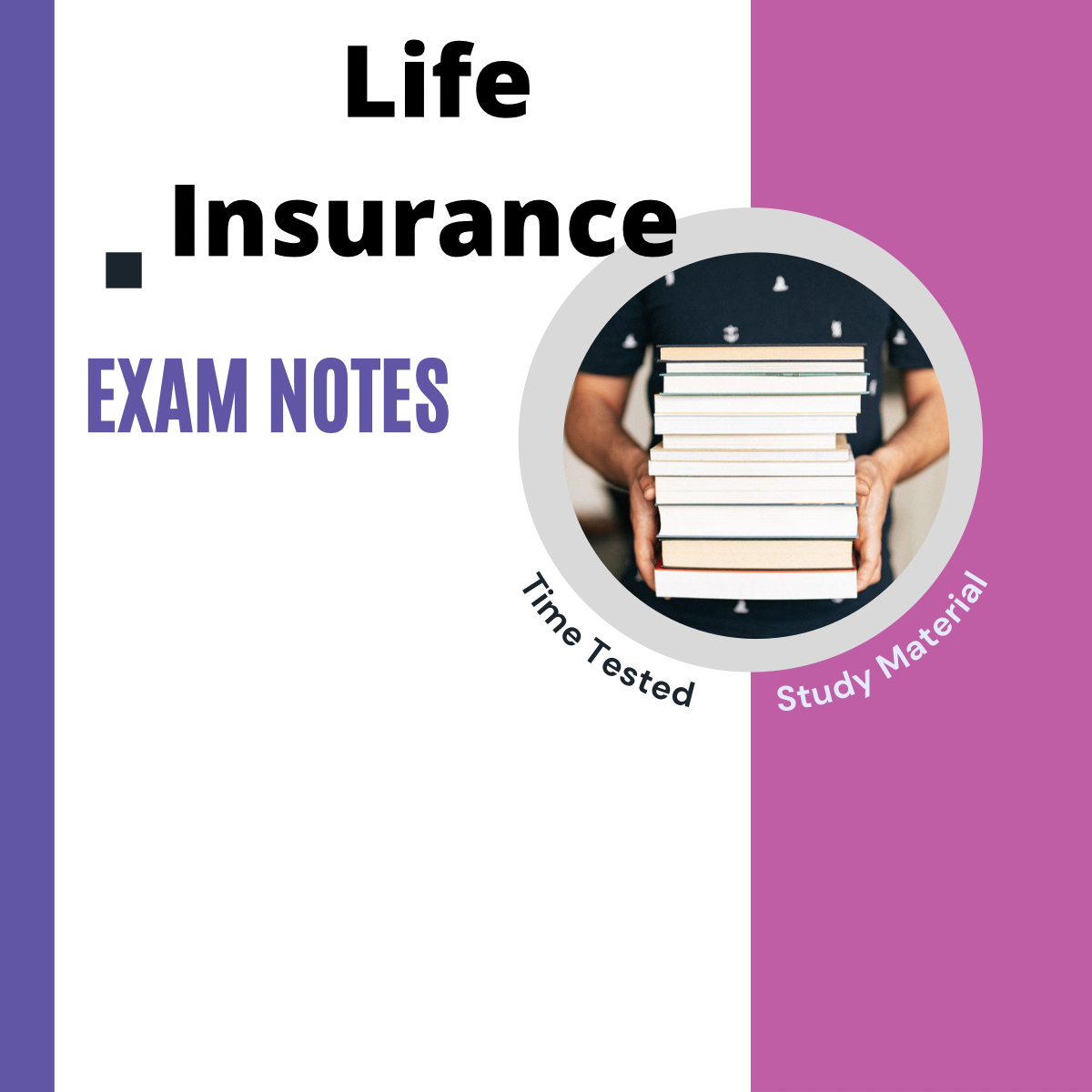The Of Pacific Prime
The Of Pacific Prime
Blog Article
The smart Trick of Pacific Prime That Nobody is Talking About
Table of ContentsExcitement About Pacific PrimePacific Prime - The FactsNot known Facts About Pacific PrimeNot known Details About Pacific Prime A Biased View of Pacific Prime

This is because the information were gathered for a duration of strong financial efficiency. Of the estimated 42 million individuals who were without insurance, almost regarding 420,000 (about 1 percent) were under 65 years old, the age at which most Americans become qualified for Medicare; 32 million were adults in between ages 18 and 65, around 19 percent of all adults in this age team; and 10 million were children under 18 years old, concerning 13.9 percent of all children (Mills, 2000).
These price quotes of the number of persons without insurance are produced from the yearly March Supplement to the Present Population Survey (CPS), carried out by the Demographics Bureau. Unless otherwise kept in mind, national price quotes of people without health and wellness insurance and percentages of the populace with various kinds of insurance coverage are based upon the CPS, the most widely utilized resource of price quotes of insurance coverage and uninsurance rates.
Fascination About Pacific Prime

Still, the CPS is particularly beneficial since it creates annual estimates relatively rapidly, reporting the previous year's insurance coverage approximates each September, and due to the fact that it is the basis for a regular collection of quotes for more than 20 years, permitting evaluation of fads in protection gradually. For these reasons, as well as the comprehensive use the CPS in other studies of insurance policy protection that are offered in this record, we rely upon CPS price quotes, with constraints kept in mind.

The estimate of the number of uninsured individuals broadens when a populace's insurance policy condition is tracked for several years. Over a three-year duration beginning early in 1993, 72 million individuals, 29 percent of the U.S. https://packersmovers.activeboard.com/t67151553/how-to-connect-canon-mg3620-printer-to-computer/?ts=1712004612&direction=prev&page=last#lastPostAnchor. populace, were without protection for at the very least one month. Within a single year (1994 ), 53 million individuals experienced a minimum of a month without protection (Bennefield, 1998a)
Six out of every ten without insurance grownups are themselves used. Working does improve the likelihood that one and one's household participants will have insurance, it is not a warranty. Even participants of families with two full time wage earners have nearly a one-in-ten chance of being without insurance (9.1 percent uninsured rate) (Hoffman and Pohl, 2000).
Little Known Questions About Pacific Prime.
New immigrants represent a considerable percentage of people without wellness insurance. One evaluation has actually associated a substantial portion of the current development in the size of the united state without insurance population to immigrants that arrived in the nation in between 1994 and 1998 (Camarota and Edwards, 2000). Recent immigrants (those that concerned the USA within the past 4 years) do have a high rate of being uninsured (46 percent), yet they and their youngsters represent simply 6 percent of those without insurance coverage across the country (Holahan et al., 2001).
The relationship in between health and wellness insurance policy and access to care is well established, as recorded later on in this chapter. The partnership in between wellness insurance policy and wellness end results is neither straight neither basic, a substantial scientific and wellness solutions research study literature links health insurance protection to enhanced access to care, much better high quality, and improved personal and populace wellness standing.
Degrees of evaluation for analyzing the effects of uninsurance. It concentrates especially on those without any wellness insurance coverage for any type of size of time.
Examine This Report about Pacific Prime
The troubles dealt with by the underinsured are in some respects comparable to those encountered by the without insurance, although they are generally much less extreme. Wellness insurance, nonetheless, is neither required neither adequate to get accessibility to medical solutions. The independent and straight result of health insurance coverage on access to health services is well developed.
Others will certainly acquire the health and wellness treatment they need also without health and wellness insurance policy, by paying for it out of pocket or seeking it from suppliers that offer care free or at extremely subsidized rates. For still others, medical insurance alone does not make certain invoice of care because of various other nonfinancial barriers, such as an absence of healthcare suppliers in their neighborhood, minimal access to transport, illiteracy, or etymological and cultural differences.
The 8-Second Trick For Pacific Prime
Formal study about without insurance populations in the USA dates to the late this website 1920s and early 1930s when the Committee on the Price of Healthcare produced a series of reports concerning financing medical professional workplace sees and hospitalizations. This issue came to be significant as the varieties of medically indigent climbed up throughout the Great Depression.
Report this page